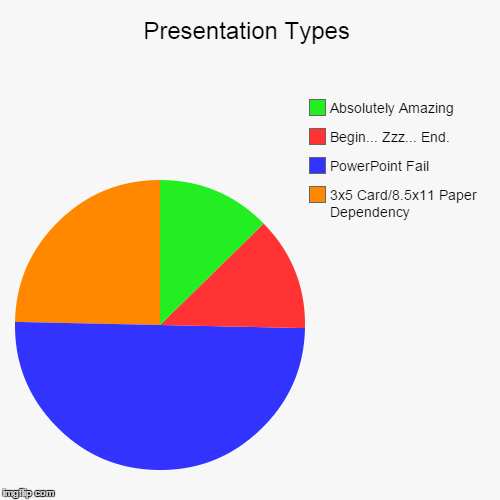Reflect on your perceived value of this course.
Include both positive and negative aspects of your experience. What might you
have done to improve your learning experience in this course? How might the
University or your instructor provide additional support for your learning?
Were there topics covered in this course that seem particularly relevant or
irrelevant to your experiences and to what you expect to come in future
courses?
Graduating from my undergraduate two years ago, I
never thought it would take me so long to go back to school. My closest friends
all started their Master’s (and some have already completed them) and I felt so
far behind. I also felt confused. After straddling two career directions during
undergrad and post-graduation, I really was not sure if I could continue to
ride both trains or if I needed to put my whole butt in one seat… or if I
wanted to try something new. So, in attempting to focus myself, I applied to a
ton of grad schools a year ago. I applied to MBA programs, MBA/JD programs,
MPA/MBA programs, and one or two creative writing programs; I knew I wanted to
get the most degrees in the least amount of time, and I worried of becoming bored
through doing only one focused program. Besides, I’d find something to do with
one of them, right? I did not want to waste money, accrue new debt or have a
degree (or two) worth nada. I also did not want to shift to a focus far out of alignment
with my undergraduate degrees, and had worked up arguments for the Master’s
transition into all of these programs from my past studies. Though I received
some impressive acceptance letters, the money was not there for most of them. I
was going to have to work part-time as a TA or GA and go to school full-time; I
was unsure if I wanted to eat cup-o-noodles every night for two years.
Before I headed to Arizona to work for ERAU, I was
enrolled in a Master’s of Higher Education Leadership program at a large
university in the south. I had settled one having a decent amount of debt for a
degree I thought I’d probably use. It
did not feel right – the place, the time, the balancing act of driving two
hours three days a week for classes, working a part-time job on campus to fill
the gap my employer refused to, and working full-time to have a place to stay.
The opportunity to go to school and work where I lived was my blessing. Though
I would have finished a degree by now if I had gone right into grad school, I
cannot guarantee the degree I would have would be more than a one-liner on my
resume. The opportunity to work on my Master’s through ERAU’s Worldwide Campus
has been a grand combination of my needs.
One of the benefits of this course was that I seemed
to always be able to incorporate the week’s theme to my everyday work. I loved
the fallacies and could have stayed on them longer (it could be a course on its
own). Being able to read with them in mind gave me red lights to seek when
reviewing departmental paperwork and proposals, talking to my supervisees about
their staff’s personal and group concerns and when making appeals of my own
(particularly when I do educational advisements [judicial]). One of our papers focusing
on personal and professional standards (A500.2.3.RB - Tell Your Story) applied
directly to my professional work and how the way my thinking has changed over
time. I believe this reflection directly impacts the way I lead and what I
stand for. In totality, I believe the course helped me understand myself better
as a supervisor.
One of my lowlights for this course was a disconnect
between the annotated bibliographies and the Action Research Project. I became
lost in whether the project was supposed to be about the Critical Thinking Test
or the topic of our Annotated Bibliography research. Alas, this is a setback of
the online format, as I times wished that I had face-to-face contact with my
classmates. It is much more difficult to pick someone’s brain through email
(read: it’s easier to ignore people). Another personal critique is that I did
not engage with classmates casually as much as would have liked to. I was
surprised at how underutilized the Student Lounge was under Discussions. I
planned to engage is lively conversations and debates on current events, as
cohorts tend to; though I posted once, I believe I could have put more
initiative into striking up conversation. I realize everyone has a life outside
of class to attend to but I wanted to know more about how our different
environments and backgrounds played into how we interacted on a less formal
level.
I appreciated the option of Skyping my professor and the
quick responses to emails from the professor. I believe the comments
accompanying grading were mostly helpful and my professor’s participation on
the class discussion board made me feel like there was an actual conversation
taking place.
